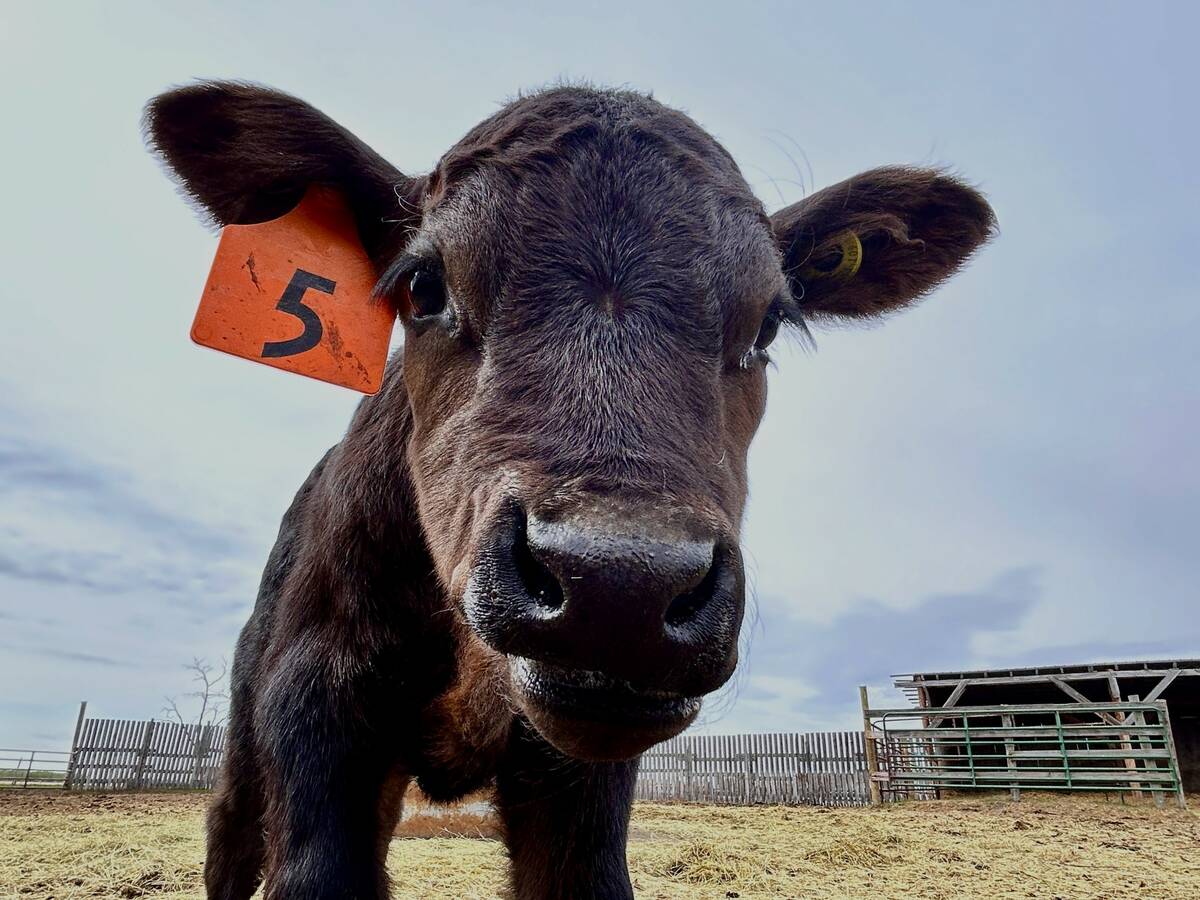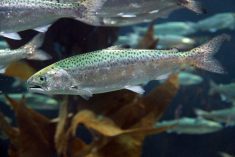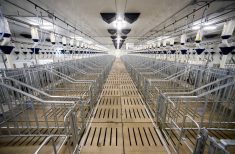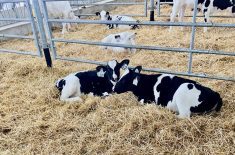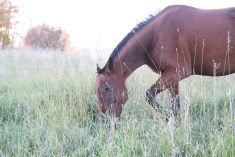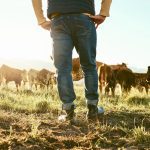Hormone implants in suckling calves have had a hard public relations slog with consumers, but cow-calf producers who use them are likely to see greater economic returns while also reducing environmental impacts, a Manitoba study shows.
Deanne Fulawka, a researcher from the University of Manitoba, presented her team’s findings at the Manitoba Sustainable Protein Research Symposium in Winnipeg on July 7.
WHY IT MATTERS: Besides economic benefits for cow-calf producers, implants in calves could contribute to the Canadian Cattle Association’s goal of reducing greenhouse gas emissions intensity of Canadian-produced beef.
Read Also

Mandatory holiday joy a valid struggle
Christmas may not be that jolly for everyone. Farm family coach Kalynn Spain suggests those struggling with over-the-top joy during the holidays instead aim for “fulfilled” or “content.”
A main point of the study was to get local projections on how implants could impact emissions on Canadian cow-calf operations.
The study modeled scenarios for 130 calves. Under the simulated exercise, calves would have received hormonal implants at 30-days-old. Results were then compared with 130 simulated unimplanted calves.
Local farm conditions across south-central, southwestern and Parkland regions of the province were plugged into the model. Fulawka’s team estimated greenhouse gas emissions for the three regions using Agriculture and Agri-Food Canada’s Holos model.
Ammonia projections were based on simulated manure outputs, based on Canadian research on beef feed intake, manure practices, body weight and temperature. Regional crop yields, estimated dry matter intake and water needs were taken into account.
The hypothetical revenue producers would get from those cattle was based on prices at local auction marts.
Numbers for birth and weaning weights and average daily gain were based on a 2015 South Dakota State University study, which used Angus and Angus-Limousin cross bull calves. It found that when calves born in March and April that received their implants in May, their weaning weight increased by an average of 29 pounds (13.2 kilograms) compared to untreated calves. The calves from mature cows gained more than calves from immature cows.
Based on a price of $616 per hundredweight (cwt), the Manitoba study estimated that revenue at weaning for their hypothetical calves was $135.80 greater per implanted calf compared to untreated calves.
Implants and greenhouse gas emissions
Total emissions were similar between implanted and non-implanted calves (ammonia emissions for implanted calves were only 0.04 per cent lower, for example), but due to the higher weight of implanted calves, the greenhouse gas intensity (measured as kilogram of carbon dioxide equivalent per kilogram of live weight) was 3.72 per cent lower when implants were used.
Implants didn’t change how much land was needed for production of feed (including pasture) or water. Again, however, land use intensity (hectare per kilogram of live weight) and water use (litre per kilogram of live weight) decreased by 3.92 per cent due to higher live weight when calves were marketed.
“There is an economic benefit to the producer, but we also want to send home that message that there is also environmental impact,” she said.
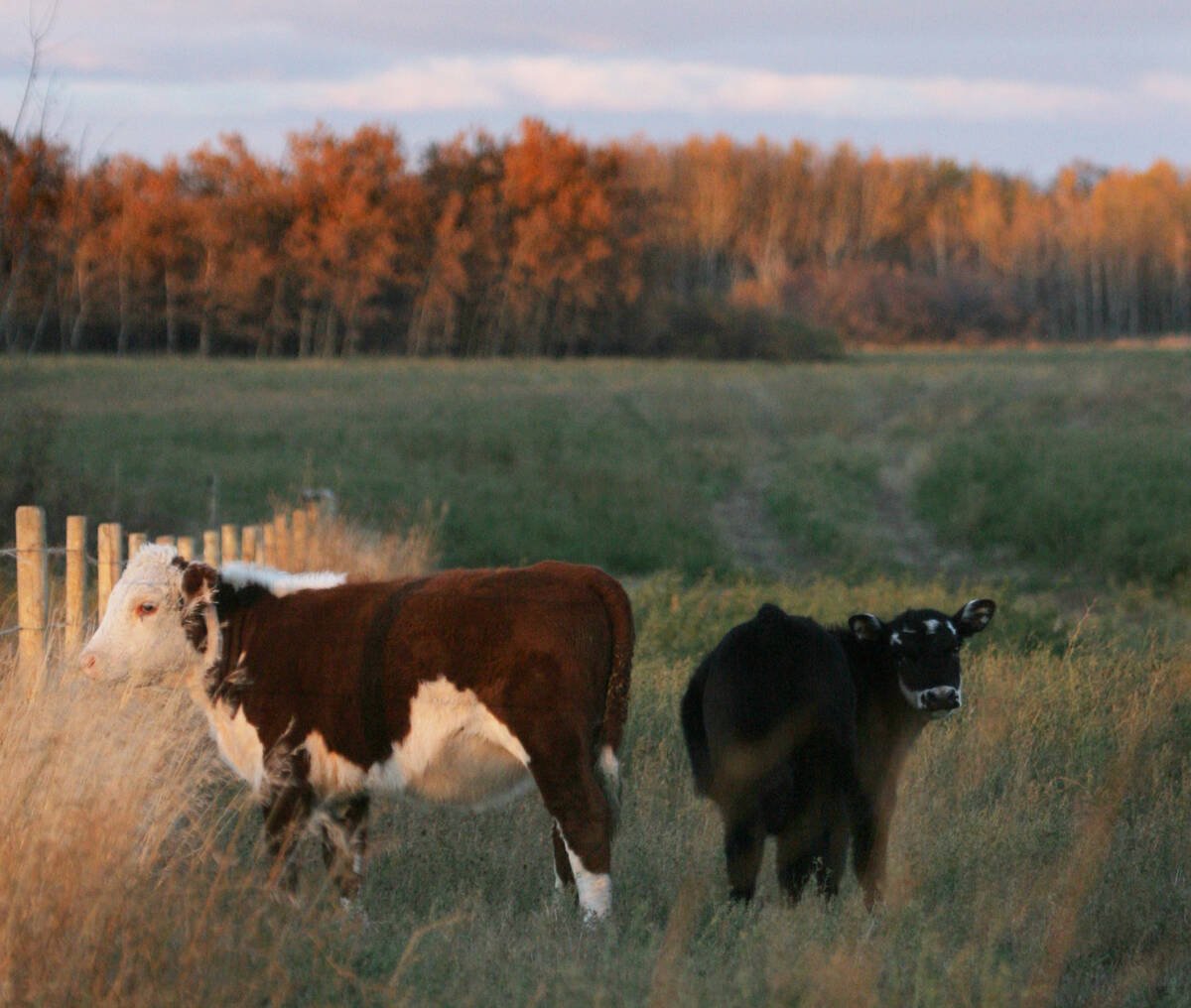
Fulawka noted that South Dakota researchers compared calves implanted at 30 days to calves implanted at weaning, which is when many producers would be implanting their calves. They found that later-implanted calves caught up to those implanted at 30 days and finished at similar weights.
She noted that Canadian beef producers have set a goal to reduce emissions, adding that every best management practice added will get the sector closer to that goal.
The CCA has set a target to reduce primary production greenhouse gas emission intensity by 33 per cent by 2030, according to its website.
It’s estimated that fewer than 30 per cent of producers in the cow-calf sector use implants, which makes this an area of significant opportunity to improve economic and environmental outcomes, Fulawka’s report said.


